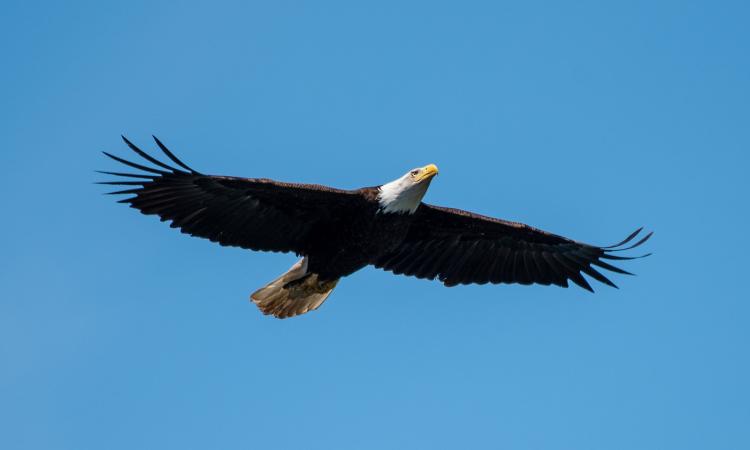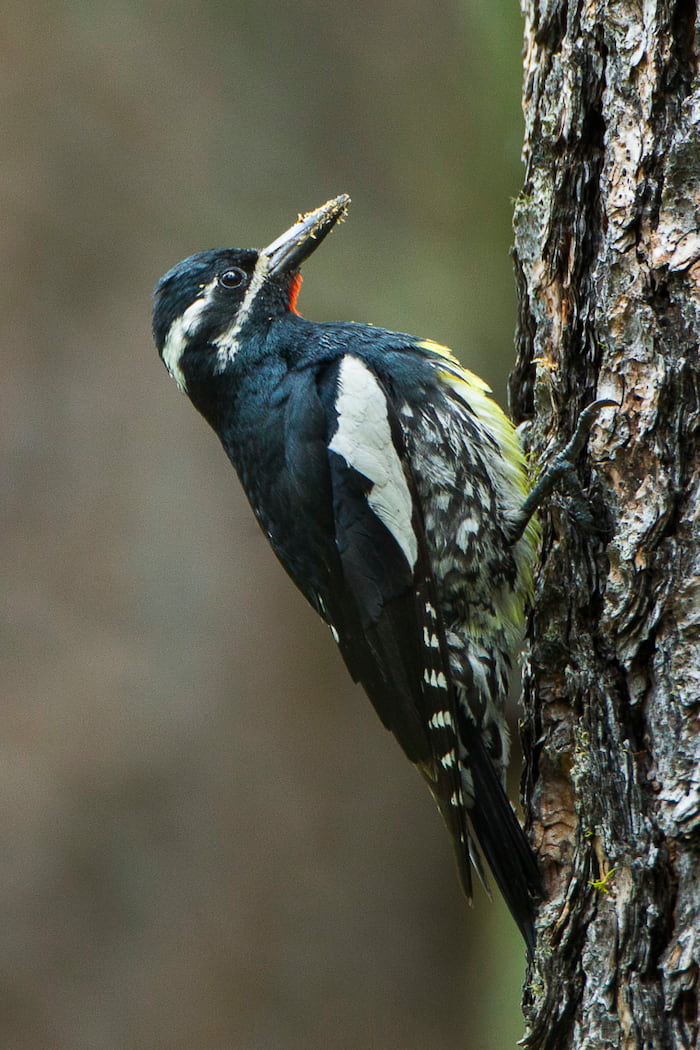Where Birds Once Thrived: New Study Maps Rapid Declines in North American Strongholds

New research published in Science reveals that bird populations across North America are declining most rapidly in the regions where they were once most abundant. Analysing nearly 500 species, the study found that three-quarters are in decline throughout their ranges, and two-thirds are shrinking significantly. Former strongholds – especially grasslands, drylands and parts of the Arctic – are now among the hardest hit.
Mapping Bird Losses with Citizen Science
Scientists at the Cornell Lab of Ornithology harnessed citizen science data from eBird, a popular app used by birdwatchers, to model changes in bird numbers between 2007 and 2021. By examining observations at a fine scale of 27 km² segments, the team tracked local rates of change and uncovered dramatic losses in areas that, less than two decades ago, teemed with birds. In some places, populations are falling by more than 10 per cent a year.
“We’ve known for several years that a lot of bird species in North America have been declining. With this study, we were aiming to understand in much finer spatial resolution where birds were declining and where they might be increasing. Rather than having a range-wide trend to see if a species is going up or down, we want to know where it is going up and down,” said Alison Johnston, director of the Centre for Research into Ecological and Environmental Modelling at the University of St Andrews, UK, who led the study.
“The main ecological finding is that the locations where these species were thriving in the past, where the environments were really well suited to birds, are now the places where they are suffering the most,” she added.
While global heating and habitat change are cited as likely drivers, Johnston acknowledged that the precise causes remain unclear. “The way I interpret this result is that it’s indicative of major changes in our world,” she said. “The fact that where birds used to have strongholds, where there used to be a lot of resources, where the environments were really suitable, are now the places where they are declining most, that suggests to me that we are just seeing fundamental changes to the environments around us. The birds are like the canary in the coalmine.”
Pockets of Resilience Amid Declines
Despite the bleak headline figures, the researchers also identified areas of stability. Pockets of increasing or stable populations emerged in the Appalachians and western mountains, and 97 per cent of species showed at least some locations where their numbers were rising. Williamson’s sapsucker (Sphyrapicus thyroideus), for instance, remains threatened in over half of the states and provinces where it breeds, but also shows signs of recovery in select regions.

Prof Amanda Rodewald from the Cornell Lab of Ornithology, a co-author on the study, said these methods would sharpen conservation efforts. “It is this kind of small-scale information across broad geographies that has been lacking and it’s exactly what we need to make smart conservation decisions,” she said. “These data products give us a new lens to detect and diagnose population declines and to respond to them in a way that’s strategic, precise and flexible. That’s a gamechanger for conservation.”
Implications for Global Conservation
Ian Burfield, global science coordinator with BirdLife, who was not involved in the research, welcomed the findings and stressed their wider significance. “North American birds are one of very few taxonomic groups and regions where such data exist to facilitate this approach. This emphasises the vital need for more field data collection, both through formal monitoring schemes and citizen science efforts, in many other parts of the world, especially in the biodiversity-rich tropics,” he said.
This study highlights the power of fine-scale data to guide conservation action. By supporting citizen science initiatives and targeted habitat protection, we can help ensure that our feathered friends continue to thrive.
This article was curated, reviewed, and verified by the Conservation Mag team, produced and edited by AI. Original source: https://www.theguardian.com/environment/2025/may/01/collapsing-bird-numbers-north-america-study-species.
Main image by: Adriaan Buys
Discuss this article
Clicking links may earn us commission. . Stock images by Depositphotos.
Subscribe: Stories about wildlife, habitats and heroes
Welcome to Conservation Mag where we celebrate nature preservation through ecotourism and wildlife travel while we look for ways to preserve our heritage by supporting nature conservation. Starting conversations about the positive action people like you and I are taking to make a change.
Quick Links
Work With Us
![]()

